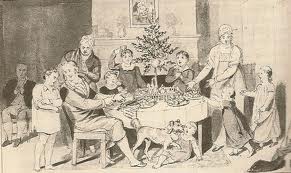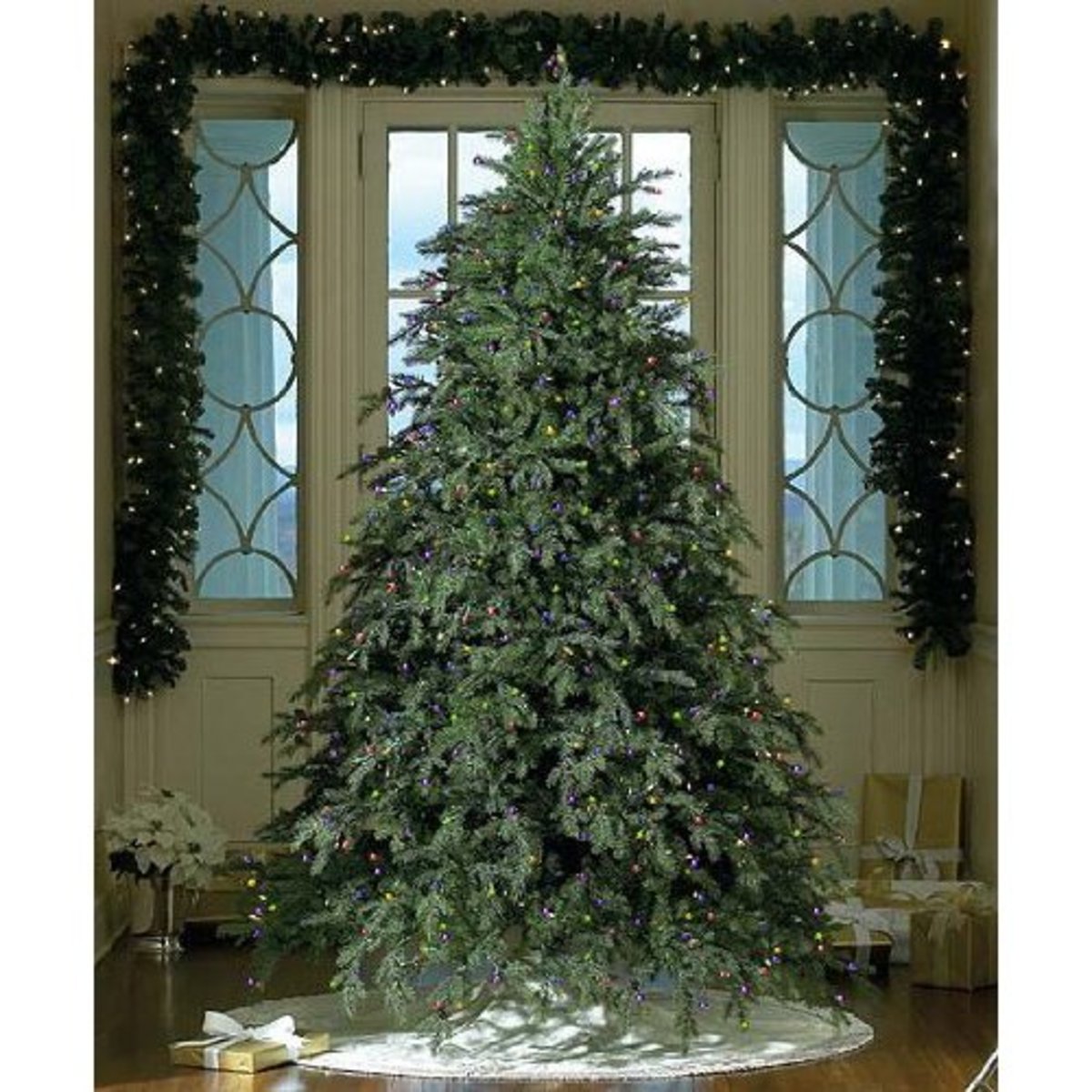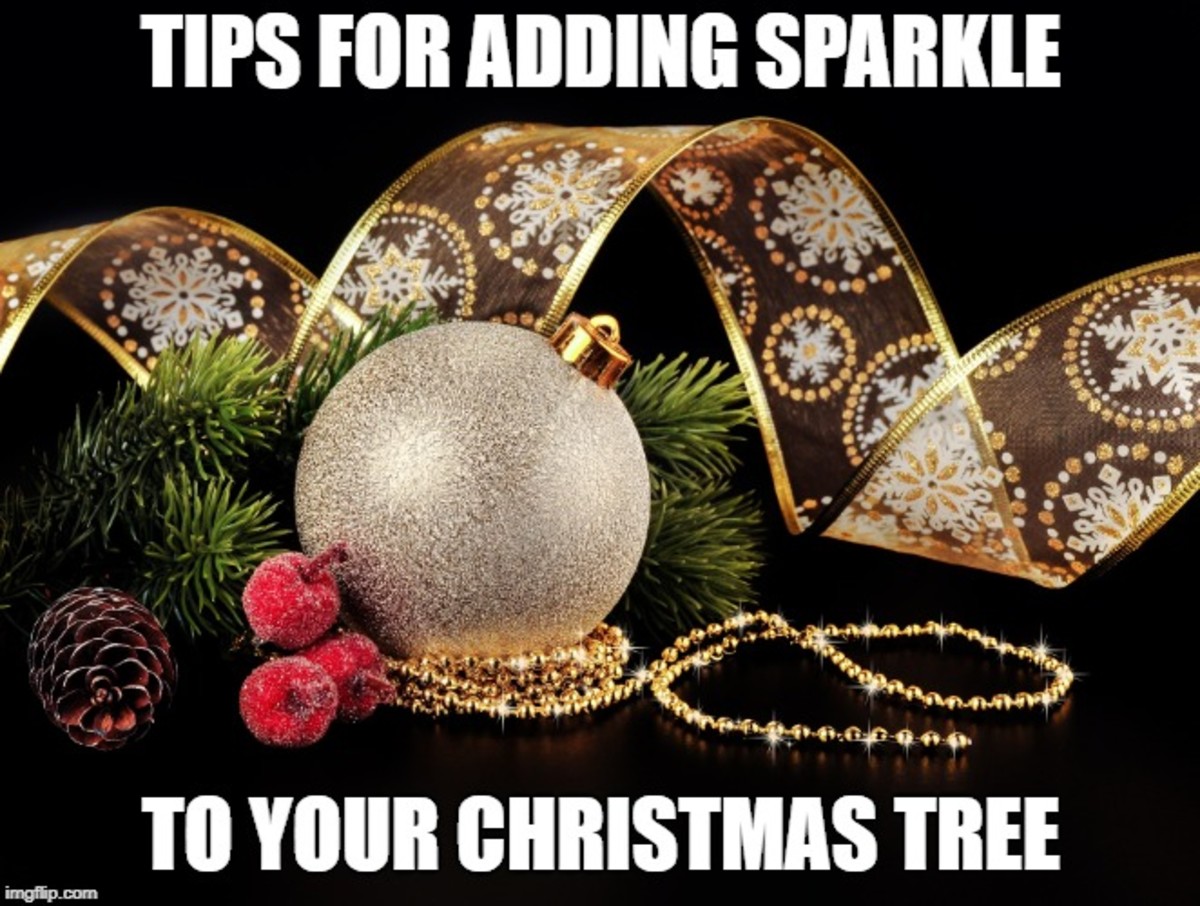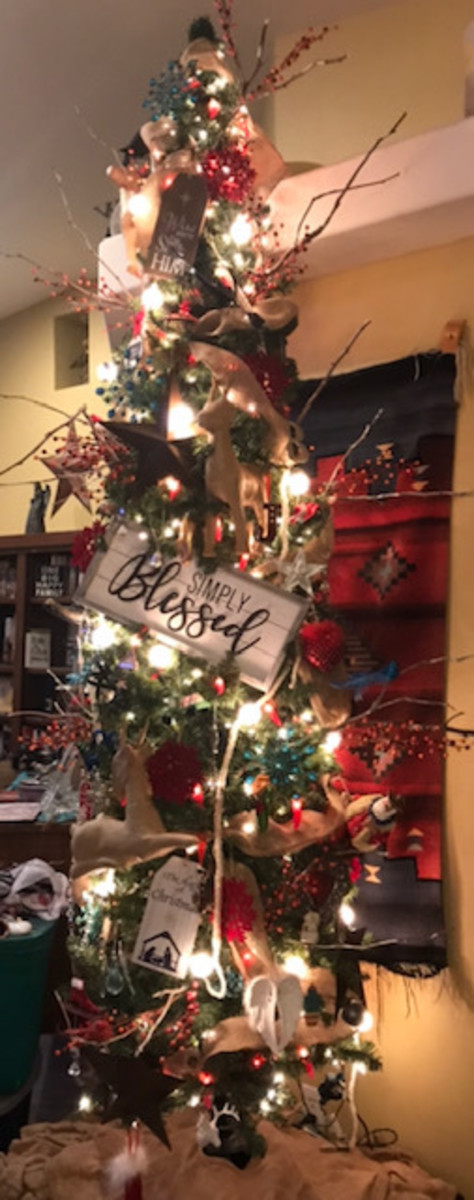The Origins Of Christmas Trees And Their Decorations Part IV


The Christmas Tree Comes To North America
The Christmas Tree did not remain in the Old Country. Immigration and wars introduced new customs into North America. When the settlers came over to North America, the Christmas tree came along with them. It became part of what was to become a new and very elaborate, if commercialized tradition.
The Christmas Tree Arrives in North America
The Christmas tree and the associated traditions arrived in America with the German settlers in the 17th century. The Puritans in Massachusetts managed to avoid any question about the tree by forbidding Christmas. Their second Governor, William Bradford, was the individual who initially decided to stamp out this “pagan mockery.” By 1659, the General Court of this new colony had put in place a law forbidding all but the celebration of church Service on December 24. Anyone failing to follow this law was fined. This remained the case until 1856. In that year, Christmas became a legal holiday in this state.
Yet, the tree tradition was alive in other parts of the United States. Records mention their presence in the United States by 1747 and in Canada before the century ended. Both countries, therefore, established the tradition before England had embraced it. In 1747, Bethlehem Pennsylvania, settled by German immigrants, had the first “tree” - wooden pyramids. The actual presence of the Christmas tree is, however, spotty before the 1850s.
The honour of setting up and decorating the first Christmas tree in the United States is a debatable topic. In 1847, August Imgard of Wooster, Ohio, decorated a small spruce for his nieces and nephews. The first Church presence of a tree, however, goes to a Pastor Henry Schwan in Cleveland, Ohio. His decision to erect a tree in 1851 caused a rift among his parishioners. They condemned it as a “pagan practice”. He convinced them otherwise and established a yearly tradition.
In 1852, the Saturday Evening Post mentioned a tree in Philadelphia. Yet, others disagree. An account in a pamphlet written for the American Sunday School Union of Boston, gave credit for erecting the first Christmas tree to Charles Follen of Boston for an 1832 tree. A professor at the University, he had set up a Christmas tree for his son in their home to mark the season.
In Canada, the official first record of a Christmas tree dates to 1781. In that year, the Baroness Riedesel, wife of her husband, an officer in the British Army, threw a party for both German and British officers. The meal included plum pudding, but the centrepiece of the event was the Christmas tree. It bore decorations of fruit and candles. The second Christmas tree of record dates from 1846.
William Pryor of Halifax, Nova Scotia was a merchant. His wife was of German descent. In that year, he decided to make Christmas for her special. He cut down a tree, dragged it home then decorated it using imported German glass decorations. It was the start of a custom that was to spread throughout Canada.
Nineteenth Century Christmas Trees In the New World And Beyond
By the mid-nineteenth century Dutch families in New York adopted candlelit trees for the New Year celebration. Elsewhere, German families continued to introduce the tradition to other groups and creating variations. Some thrifty German farmers in Pennsylvania introduced an early variation of an artificial tree. A tree was cut and decorated. At the end of the festival, the needles were stripped from the branches, the tree wrapped up and stored in the attic. Next Christmas, the tree was brought down, covered with cotton - to represent a snow-covered tree fresh from the forest - and decorated. At the end of the season, the tree and its cotton covering, wrapped in newspapers, once again, returned to the attic.
Conclusion
By the 19th century, the use of the Christmas tree was quite widespread worldwide. Trees were popular in Austria, Switzerland, Poland, and Holland. In China and Japan, Christian missionaries introduced Christmas trees in the 19th and 20th centuries. In these countries, ornaments consisted of intricate paper designs. However, soon a revolutionary change in tree decor was to occur. The next part looks at decorations and innovations in the 19th and 20th centuries.





